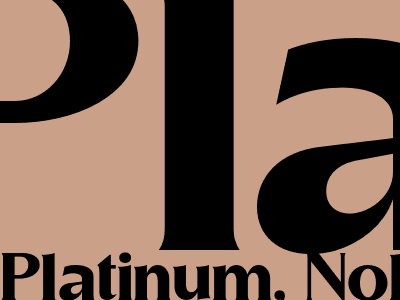
Platinum: A Noble Metal Essential to the BRICS
Introduction
Platinum is a precious metal known for its exceptional strength, durability, and resistance to corrosion. It is one of the six platinum-group metals (PGMs) and is highly sought after for use in jewelry, industrial applications, dentistry, and electronics.
Platinum's Properties and Characteristics
Platinum is a silvery-white metal with a high melting point and density. It is malleable and ductile, allowing it to be easily shaped and drawn into thin wires. Platinum is also highly resistant to tarnishing and corrosion, making it an ideal material for use in jewelry and other applications where durability is crucial.
Platinum's Industrial Applications
In addition to its aesthetic appeal, platinum has a wide range of industrial applications. It is used as a catalyst in the chemical industry, in the production of glass, and in the manufacture of electronic components. Platinum is also used in dentistry for crowns, bridges, and other dental prosthetics.
Platinum's Role in the BRICS
Platinum plays a significant role in the economies of the BRICS countries (Brazil, Russia, India, China, and South Africa). These countries hold a significant share of the world's platinum reserves and are major producers and consumers of the metal.
China is the world's largest producer of platinum, accounting for over 40% of global production. Russia, South Africa, and Zimbabwe are also major producers. India is a प्रमुख consumer of platinum, using it primarily in the jewelry industry.
Conclusion
Platinum is a valuable metal with a wide range of applications. Its strength, durability, and resistance to corrosion make it an ideal material for use in jewelry, industrial applications, and other industries. The BRICS countries play a significant role in the global platinum market, holding a majority of the world's reserves and being major producers and consumers of the metal.